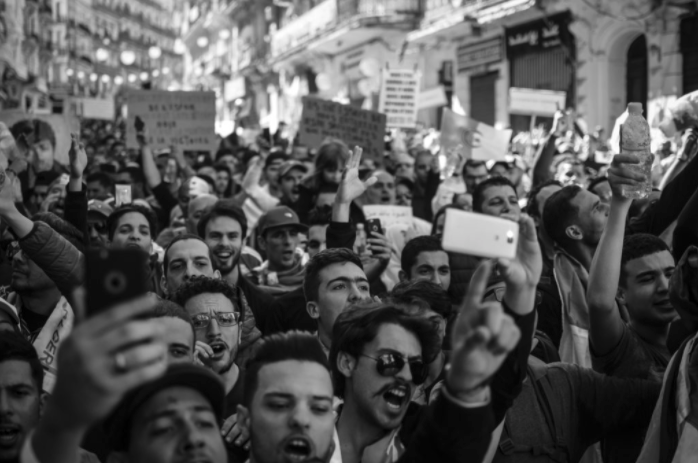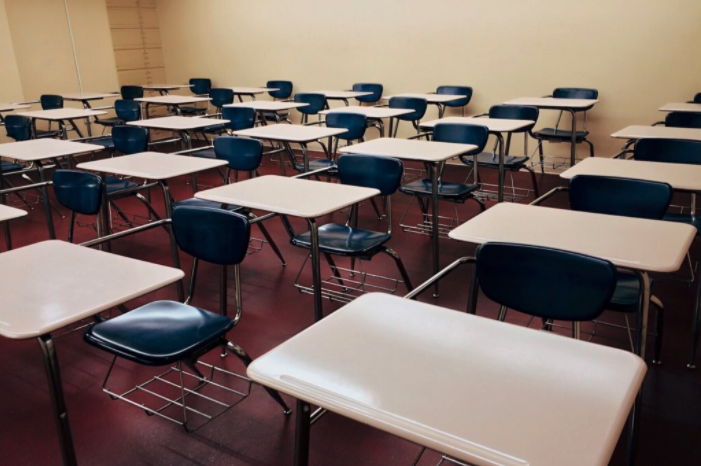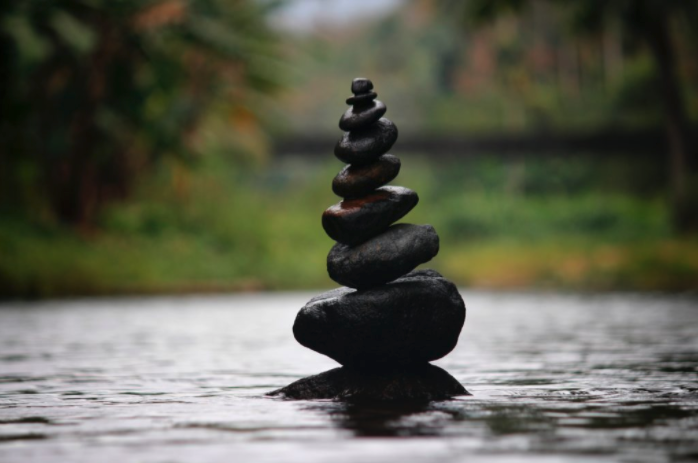I took a month to become trained as a yoga teacher. Here’s what I learned about race and equity. (Part 2)
My process — sticking to what I knew, even as I became aware of its wrongness — had kept me from growth. But my habits and the stories I told myself didn’t allow me to acknowledge it until that moment. When the teacher said, “That is what you should feel,” I realized that I hadn’t felt that sensation of stretching, uncovering, and discovering a new pathway in that part of my body since the beginning of my practice. I realized that I had discovered something new and different.
I took a month to become trained as a yoga teacher. Here’s what I learned about race and equity. (Part 1)
In my work, I often ask people to “trust the process” — and to trust me, the designer of it. However, it has been a long time since I was a learner, and I forgot what it meant to truly trust a process until I took a month to become trained as a yoga teacher. Never have I had an experience that created simultaneous physical, emotional, and mental challenges. With these challenges, it became clear to me what “trusting the process” really means in practice — and how it can help us create a more just world.
Does Injustice Begin in Schools?
In more ways than one, it’s a time of reckoning for American education.
Just as the COVID crisis has forced us to re-consider the very structures of learning in the US, citizens have taken to the streets in frustration with systemic power relationships.
We know how this ends. It’s time to share the pen and rewrite the story.
As school closes this week in many states and as our cities burn, I’m sure that question keeps school leaders up at night. Tony McDade, Breonna Taylor, George Floyd, and Ahmaud Arbery joined the long list of martyred tributes in 2020 who remind us that while many may be able to socially distance and work from home via Zoom, others are literally suffocating under the oppression of white supremacy and anti-Blackness. We are reminded that our letters from the most elite institutions and our assimilated, “non-threatening” habits don’t protect us from all of the threats. And our country’s children are watching and learning. They are watching us. They have questions.
Moving Equity Work Toward Action in the Age of COVID-19
As schools scramble to establish a stable and balanced posture in the face of COVID-19, the need to do so with equity at the forefront is greater than ever before. The student–teacher relationship is being transformed daily as educators scramble to teach virtually and parents — especially the most marginalized — step into the role of managing instruction (often in addition to many other responsibilities). This universal experience has forever changed our relationship with school.
Finding Peace in the Pause
In times of crisis, tumult, and despair, finding the spaces of quiet, the stillness of calm, and the resolve of peace can be difficult. This is one of those times. Our lives have been upended by COVID-19. Our schools, stadiums, churches, temples, and mosques are empty. And leaders and teachers are trying to figure out how children’s bodies and brains remain nourished in the pause.
Designing the Future: The Power of a Proactive Equity Practice
A conversation with Caroline Hill, Founder, 228 Accelerator
The Power in Ceding Power
When I was a teacher, we often used a model called the black box concept to facilitate inquiry and understanding of natural phenomena. In this model, students are asked to discern the inner workings of an opaque box using only the inputs and outputs that they observe, in addition to their understanding of how the world works, without being able to see into the box itself. (For instance, one year, we poured specific quantities of water into the box and observed how it did — or didn’t — flow out to learn about a principle of fluid dynamics.) The goal of the black box model is to practice reasoning skills, explain observable phenomena, and provide a framework to understand and make sense of future phenomena.
How to walk through fire: Three mantras for equity-centered improvement, innovation, and design
After learning my home address, how to tie my shoes, and how to just say no, “stop, drop, and roll” was one of the earliest standards that I mastered in childhood. If I found myself engulfed in flames, it would be “stop, drop, and roll” to the rescue — a conditioned response that would kick in and save me from the danger of the flames. We practiced it in class and saw it on after-school specials. It was automatic and universal.
Systems of Inequity Have Been Designed by People, and They Can Be Redesigned.
This interview is part of the Aspen Institute Center for Urban Innovation’s series of conversations with inclusive innovation practitioners and was initially published on the Aspen Institute’s blog.










